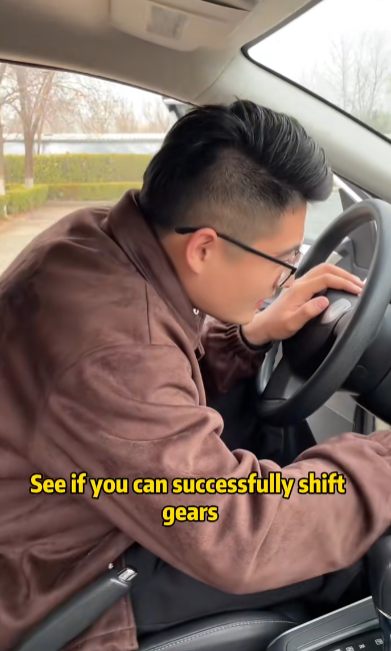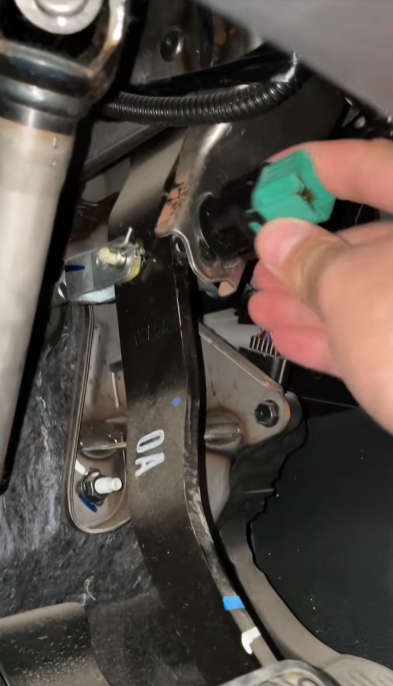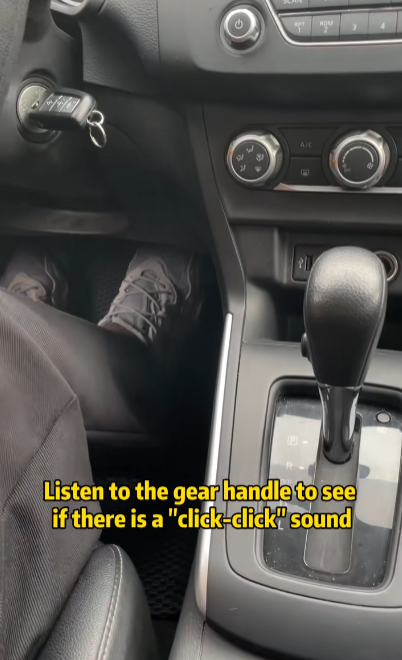
Fixing car problems on your own can feel intimidating at first, especially if you’ve never touched an engine or opened a toolbox. However, many common car issues can be diagnosed and repaired with a bit of patience, the right tools, and a willingness to learn. Not only can DIY car repair save you a lot of money in mechanic fees, but it also gives you a better understanding of how your vehicle works. In this guide, we’ll walk you through practical steps to fix common car problems by yourself.
1. Start with the Basics: Know Your Car
Before attempting any repairs, it’s essential to get familiar with your vehicle. Read the owner’s manual—yes, that thick book usually left in the glove compartment. It contains valuable information about your car’s maintenance schedule, fluid types, and recommended parts. Knowing where to find your battery, fuse box, oil filter, and spark plugs is the first step to gaining confidence in car repair.
2. Safety First
Before you pop the hood, take safety seriously:
- Park the car on a flat surface.
- Turn off the engine and let it cool down.
- Use gloves and protective eyewear.
- Always use jack stands when working under a car—never rely on a jack alone.

3. Check the Battery
Common problem: Car won’t start or struggles to crank.
Solution:
- Open the hood and inspect the battery terminals for corrosion (white or blue crust).
- If corroded, disconnect the battery (negative terminal first), and clean it with a mix of baking soda and water using a wire brush.
- Check the voltage with a multimeter. A healthy battery should read around 12.6 volts when the car is off.
- If it reads lower than 12 volts, consider charging it or replacing it.
4. Diagnose with an OBD-II Scanner
Modern cars come equipped with On-Board Diagnostics (OBD-II) systems. When your “Check Engine” light turns on, an OBD-II scanner can help pinpoint the issue.
Steps:
- Plug the scanner into the OBD-II port (usually under the dashboard).
- Read the error code and research what it means.
- Codes like P0300 (random misfire) or P0420 (catalyst efficiency) can give you a direction to investigate further.
5. Replace Air Filters
Common problem: Reduced fuel efficiency or poor engine performance.
Solution:
- Open the air filter housing (usually a black plastic box near the engine).
- Remove the old filter and check for dirt and debris.
- Replace with a new one—usually less than $20 and takes under 5 minutes.
Cabin air filters, which affect your air conditioning, can also be easily changed under the glove box.

6. Change Engine Oil
Common problem: Dirty or old oil can cause engine wear.
Tools needed: Socket wrench, oil filter wrench, oil pan, new filter, funnel, and correct type of oil.
Steps:
- Jack up the car and secure with jack stands.
- Remove the oil drain plug and let old oil flow into a pan.
- Remove the old oil filter.
- Install a new filter and replace the drain plug.
- Pour in the new oil using a funnel.
- Start the engine for a minute, then check for leaks.
- Check the oil level with the dipstick and top off if needed.
7. Brake Pads Replacement
Common problem: Squealing brakes, vibration while braking.
Tools: Jack, lug wrench, socket set, C-clamp, new brake pads.
Steps:
- Remove the wheel.
- Take off the caliper (don’t disconnect the brake line).
- Slide out the old brake pads.
- Compress the caliper piston with a C-clamp.
- Install new pads and reassemble everything.
- Pump the brake pedal a few times before driving.
This task takes a bit more time but saves you hundreds of dollars.
8. Fix a Flat Tire
Common problem: Tire puncture or slow leak.
Solution:
- Locate the puncture. If it’s a nail or screw, remove it.
- Use a tire plug kit to fill the hole. Insert the plug using the tool and seal it.
- Inflate the tire to the recommended PSI using a portable air compressor.
For serious damage or sidewall issues, you’ll need a replacement.

9. Change Spark Plugs
Common problem: Engine misfires, rough idling, poor fuel economy.
Steps:
- Locate the spark plugs (usually under ignition coils).
- Use a spark plug socket and extension to remove old plugs.
- Check the gap on new plugs and install.
- Don’t overtighten—just snug them in.
Replacing spark plugs every 30,000 to 100,000 miles (depending on the type) keeps your engine running smoothly.
10. Fix Interior Issues
Not all problems are mechanical. Fixing cosmetic or interior issues improves comfort and resale value.
Examples:
- Use upholstery cleaner to remove stains from seats.
- Fix sagging headliners with fabric adhesive or pins.
- Replace broken knobs or vents with parts from an auto parts store or online.
11. Fluids Check and Top-Off
Fluids are your car’s lifeblood. Regularly check:
- Coolant: Prevents overheating.
- Brake fluid: Essential for stopping.
- Transmission fluid: Affects gear shifting.
- Power steering fluid: Helps with easy turning.
- Windshield washer fluid: For clean visibility.
Use the correct type and never overfill. Low fluid levels can indicate a leak.

12. Replace Fuses and Bulbs
Problem: Electrical accessories or lights stop working.
Fix:
- Open the fuse box and use the diagram to locate the problematic fuse.
- Pull it out and replace with the same amp-rated fuse.
- For bulbs, remove the light cover, unplug the old bulb, and install a new one. Be careful not to touch halogen bulbs with bare fingers.
Final Tips
- YouTube tutorials are incredibly helpful. Watching someone perform a repair can make your task easier.
- Tool investment pays off. Over time, a good socket set, jack stands, and diagnostic tools save you more than they cost.
- Don’t be afraid to ask for help. Online forums, friends, or local auto parts store staff often have helpful advice.
Conclusion
Fixing your car yourself can be rewarding, empowering, and economical. While not every repair is beginner-friendly—some jobs like transmission rebuilds or complex electrical diagnostics are best left to professionals—many tasks are within your reach with basic tools and a willingness to learn. Start small, stay safe, and you’ll soon gain confidence in maintaining your own vehicle. The more you learn, the more you’ll save, and the better your car will treat you on the road.



